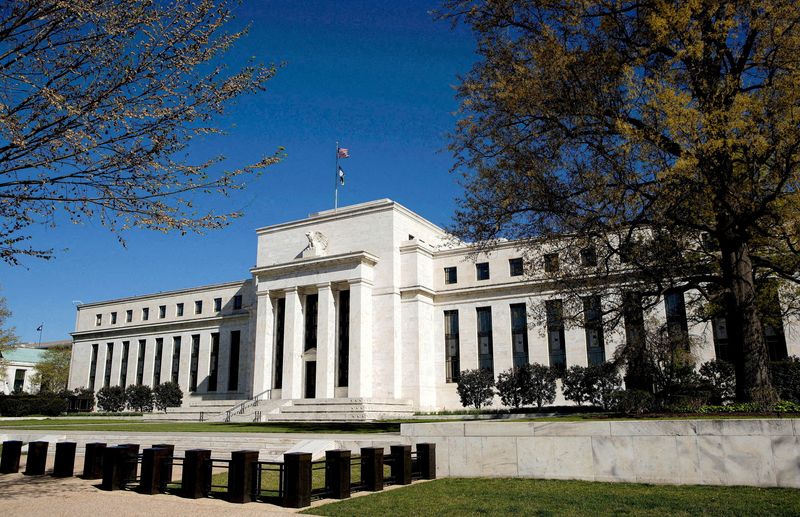Michael S. Derby reports on the views of Federal Reserve Bank of St. Louis President Alberto Musalem regarding interest rate cuts and the overall economic landscape. At a meeting held by the Money Marketeers of New York University, Musalem expressed his support for additional gradual reductions in the policy interest rate, stating that patience has proven beneficial for the Federal Reserve. He emphasized the need for caution in how the central bank approaches monetary policy adjustments, refraining from making definitive predictions regarding the timing or magnitude of future interest rate changes. Musalem’s remarks come after recent labor market data, which revealed unexpected strength, challenged prevailing fears about a weakening job sector.
Earlier in the month, the Federal Reserve had decreased its interest rate target by half a percentage point, lowering it to a range of 4.75% to 5%, due to signs of diminishing inflation pressures combined with the anticipated softening of the job market. However, the robust employment figures reported for September have raised questions about the need for aggressive monetary policy easing. Musalem conveyed that his outlook for interest rates is slightly more aggressive than that of his Federal Reserve colleagues. They foresee the federal funds rate settling around 4.4% by year-end and decreasing to 3.4% by the end of 2025, according to estimates shared at the September meeting.
Maintaining a cautious approach, Musalem highlighted the importance of avoiding excessive easing too quickly, asserting that the risks of premature cuts surpass those of being too conservative. He pointed out that entrenched inflation or a rise in inflation rates would jeopardize the Federal Reserve’s credibility and, by extension, affect future employment and overall economic stability. While he acknowledged the strong jobs data that may have unsettled previous forecasts, Musalem maintained that the monetary policy trajectory discussed at the last Federal Reserve meeting remains suitable. He noted a diminished likelihood of inflation remaining above the target of 2%, guiding his reasoning for a slower approach to rate cuts.
Despite the current favorable financial conditions, which support economic activity, Musalem recognized that uncertainty surrounding the upcoming U.S. elections on November 5 is causing businesses to adopt a cautious stance regarding investment decisions. He reflected that numerous business leaders have expressed sentiments focused on “surviving until 2025,” suggesting a prevailing wait-and-see attitude persistently linked to the interest rate trajectory and political developments. He postulated that alleviating some of this uncertainty could yield significant benefits for investment and spending.
Musalem also addressed the Federal Reserve’s ongoing quantitative tightening (QT) efforts and whether rate cuts would contradict this process. He argued that there is no inherent conflict between lowering rates and continuing to reduce the Fed’s balance sheet, indicating that the Federal Reserve can effectively manage its interest rate goals independently of QT. Moreover, he recommended a conclusion to QT in the near term and emphasized that the Federal Reserve maintains strong control over the target interest rates.
Finally, Musalem dismissed concerns regarding recent volatility at the end of the third quarter in short-term financing markets, which had caused anxiety among investors. His reassurances reflect confidence in the Federal Reserve’s capabilities to navigate the current economic landscape while ensuring effective monetary policy. As market participants anticipate an end to QT in the spring, Musalem’s insights suggest a strategic approach aligned with broader economic conditions, focusing on sustaining growth while remaining vigilant to inflation risks and external uncertainties.

